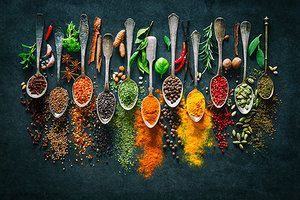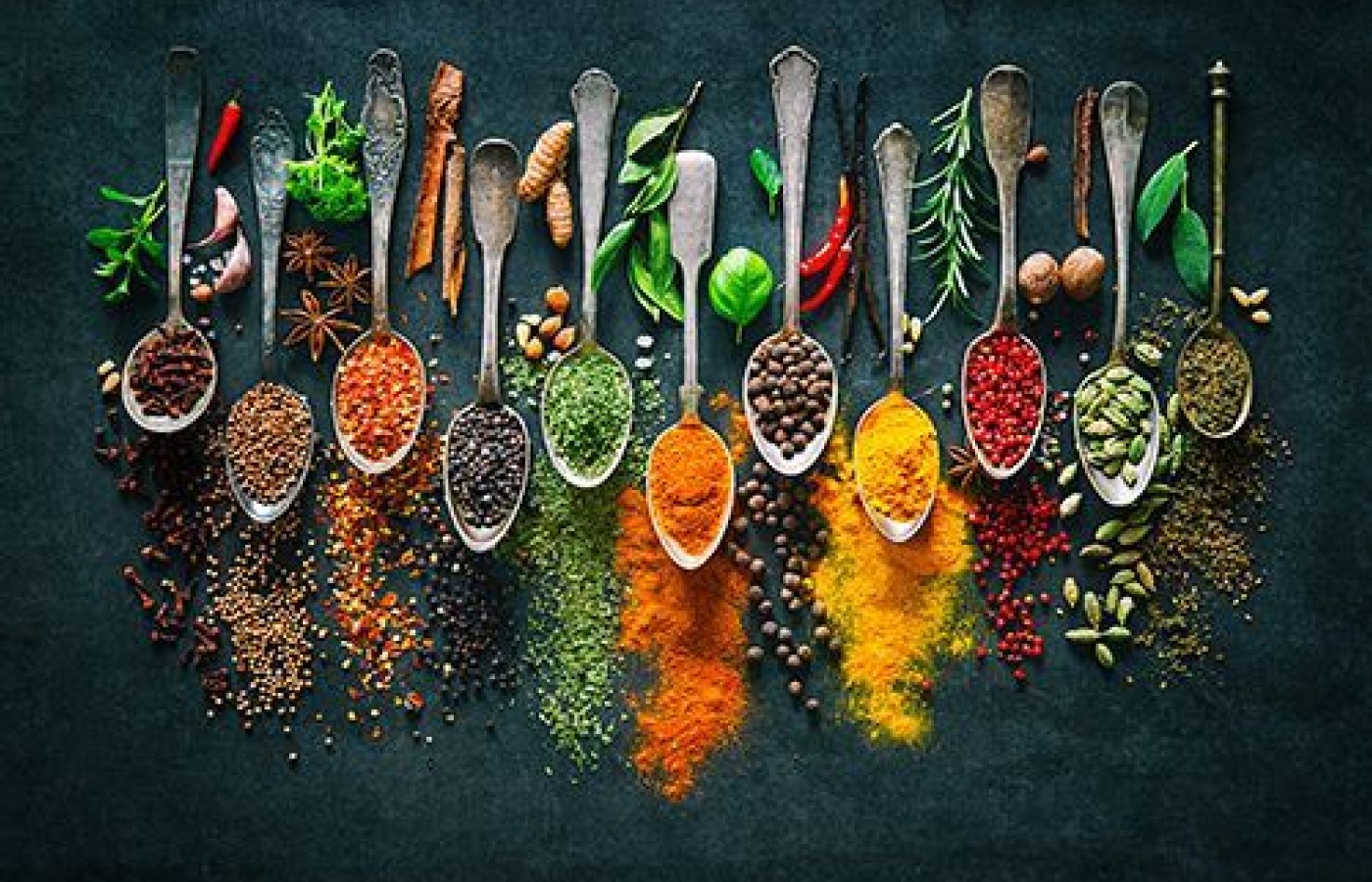Whether you accept it, avoid it or live somewhere in between, insurance coverage has become a defining issue for our profession. Patients increasingly expect to use their benefits, practitioners want to be compensated fairly for their time and expertise, and the system itself remains – at best – fragmented. The encouraging news is that coverage has expanded in meaningful ways. The challenging news is that reimbursement, across the board, remains inadequate.
Reintegrating Botanicals Into American Medicine: An Extraordinary Opportunity
One of the most famously guarded American trade secrets, the original recipe for Coca-Cola, was recently unveiled on National Public Radio's "This American Life."1 The recipe was found in a pharmacist's old notebook of remedies, written by hand amid prescriptions for ointments and other medicinal syrups, and originally sold at pharmacy soda fountains. Like the other remedies in the notebook and many medicines popular in the late 1800s, it included botanicals: essential oils of lemon, nutmeg, coriander and cinnamon.
While many think of the practice of herbal medicine in the U.S. as something new, plants have played a prominent role in medicinal and common culture throughout American history. As late as 1890, 59 percent of the listings in the U.S. Pharmacopeia were herbal products, used regularly by the medical establishment of the time.2 Even today, while the American medical system is dominated by the use of pharmaceutical drugs, approximately 40 percent of these drugs originate from plant sources.3 Botanicals, although not broadly recognized in Western medicine, form the essential underpinnings of many Western medical treatments.

In contrast, herbal medicine is a recognized and integral component to traditional Chinese medicine (TCM), with written records of the medicinal use of Chinese herbs dating back 5 millennia.4 Today's acupuncturists are strongly trained in botanicals, and practice at the forefront of patient care in the growing field of integrative medicine.5 As a result, we are in a unique position to lead the reintegration of herbs into the consciousness of the modern U.S. medical system, the integrative practitioner and the American patient.
Acupuncturists should firmly recognize that, as D.C. Jarvis wrote, "[T]he doctor of the future will be a teacher as well as a physician. His real job will be to teach people how to be healthy."6 As such, acupuncturists can provide education and leadership in three primary categories of plant-based therapies: dietary botanicals, culinary herbs and medicinal herbs.
1. Dietary Botanicals
Food is a fuel source, but also a gentle, yet powerful medicine. Dietary plants are an essential component in maintaining health, especially in America where the "standard American diet" is counterintuitive and counterproductive to so many of the core concepts of health in Chinese medicine.
TCM practitioners need to educate their patients and MDs on principles of healthy cooking including daily use of grains, vegetables and fruits, to maintain wellness and avoid deeper levels of imbalance that call for more serious intervention or limit the effectiveness of stronger herbs and Western drugs. If an injured athlete comes in for treatment, for example, the acupuncturist can instruct on a diet for the liver and spleen that supports tendons and muscles via the five-element connection.
Dietary therapy has the potential to enhance results from acupuncture and herbs or Western surgery, drugs and rehabilitation, as well as to play a preventative role in injury and disease. The TCM practitioner should encourage patients to participate in personal research and culinary practice as part of the integrative health paradigm in which the patient takes a participatory role.7
2. Culinary Spices
Spices must be used in smaller quantities than food and can be powerfully health promoting. Education by a TCM herbalist, along with a good cookbook, is enough to have a profound impact. Practitioners need to guide patients regarding measurements, cooking times and which herbs are best matched with certain foods. With special flavonoid and antioxidant properties, and a phenolic content higher than medicinal herbs,8 the daily use of culinary spices has an important role in the prevention of chronic conditions such as atherosclerosis,9 osteoarthritis (ginger),10 blood triglyceride levels (garlic and garlic oil)11 and cancer (turmeric, lemongrass, mint).12
3. Medicinal Herbs
The use of medicinal herbs requires a great deal more expertise, with carefully monitored, small, specific doses taken only when needed and for brief periods to attain therapeutic effects.13 While herbs are for the most part safe, they are potent and can have side effects when used incorrectly, in isolated or concentrated components, wrong doses, or not according to correct diagnosis of the individual patterns underlying patient health and disease.
Additionally, a handful of herbs can be directly toxic and require a knowledgeable, risk-aware practitioner who purchases from reliable herb sources and who is savvy in formulary combinations, dosage and relevant drug interactions.14 Cang Er Zhi, for example, used to treat conditions such as sinusitis, urticaria and arthritis, must be processed to "prevent poisoning."15 Incorrect usage can result in severe consequences including hepatomegaly, tonic-clonic seizures, coma and circulatory failure.16 Appropriate caution can only come from a knowledgeable TCM practitioner.
Our Opportunity
These three categories of botanicals have the potential to transform integrative health care for acute and chronic disease treatment and prevention. Acupuncturists are among the licensed health practitioners with the highest education in herbal medicines and should serve as the lynchpin in bringing botanicals to the forefront of integrative practice.
References
- Bent S. Herbal medicine in the United States: review of efficacy, safety, and regulation. J General Internal Med, 16 April 2008;23(6):854-59.
- Cassileth BR, et al. The public health impact of herbs and nutritional supplements. Pharm Biol, August 2009;47(8):761-767.
- Fenech M. "Cancer": health benefits of herbs and spices: the past, present and future supplement. Medical J Australia, 21 Aug 2006;185(4):S7.
- Flaws B. Book of Jook. Boulder: Blue Poppy Press, 1995.
- Flaws B. The Tao of Healthy Eating. Boulder: Blue Poppy Press, 1998.
- Glass I. "Original Recipe." This American Life. NPR. USA. 11 Feb 2011.
- Jarvis DC. Folk Medicine: A New England Almanac of Natural Health Care from a Noted Vermont Country Doctor. New York: Holt, 1958.
- Kam K. "What Is Integrative Medicine?" WebMD, 2006: www.webmd.com/a-to-z-guides/features/alternative-medicine-integrative-medicine.
- Martinez-Valverde I, et al. Nutritional importance of phenolic compounds in the diet. Per Arch Latinoam Nutr, March 2000;50(1):5-18.
- Memorial Sloan Kittering Cancer Center's Integrative Medicine Service: http://www.mskcc.org/mskcc/html/11570.cfm.
- Natural Medicines Database: http://naturaldatabase.therapeuticresearch.com/nd/Products.aspx?cs=&s=ND&l=U&sl=m-z>.
- Patch CS. Osteoarthritis and inflammatory response. Health benefits of herbs and spices: the past, present and future supplement. Medical J Australia, 21 Aug 2006;185(4):S15.
- Patch CS, Sullivan DR. Cardio vascular disease. Health benefits of herbs and spices: the past, present and future supplement. Medical J Australia, 21 Aug 2006;185(4):S7.
- Pritchard P. Healing With Whole Foods: Asian Traditions and Modern Nutrition. Berkeley: North Atlantic Books, 1993.
- Shanbhag V. "Herbs Level One." Mt. Madonna Institute lecture, 22 Sept 2009.
- Shaw D. Toxilogical risks of Chinese herbs. Planta Med, 2010;76:2012-18.
- Zhao Z, Ellis G. The Healing Cuisine of China: 300 Recipes for Vibrant Health and Longevity. Rochester: Healing Arts, 1998.



